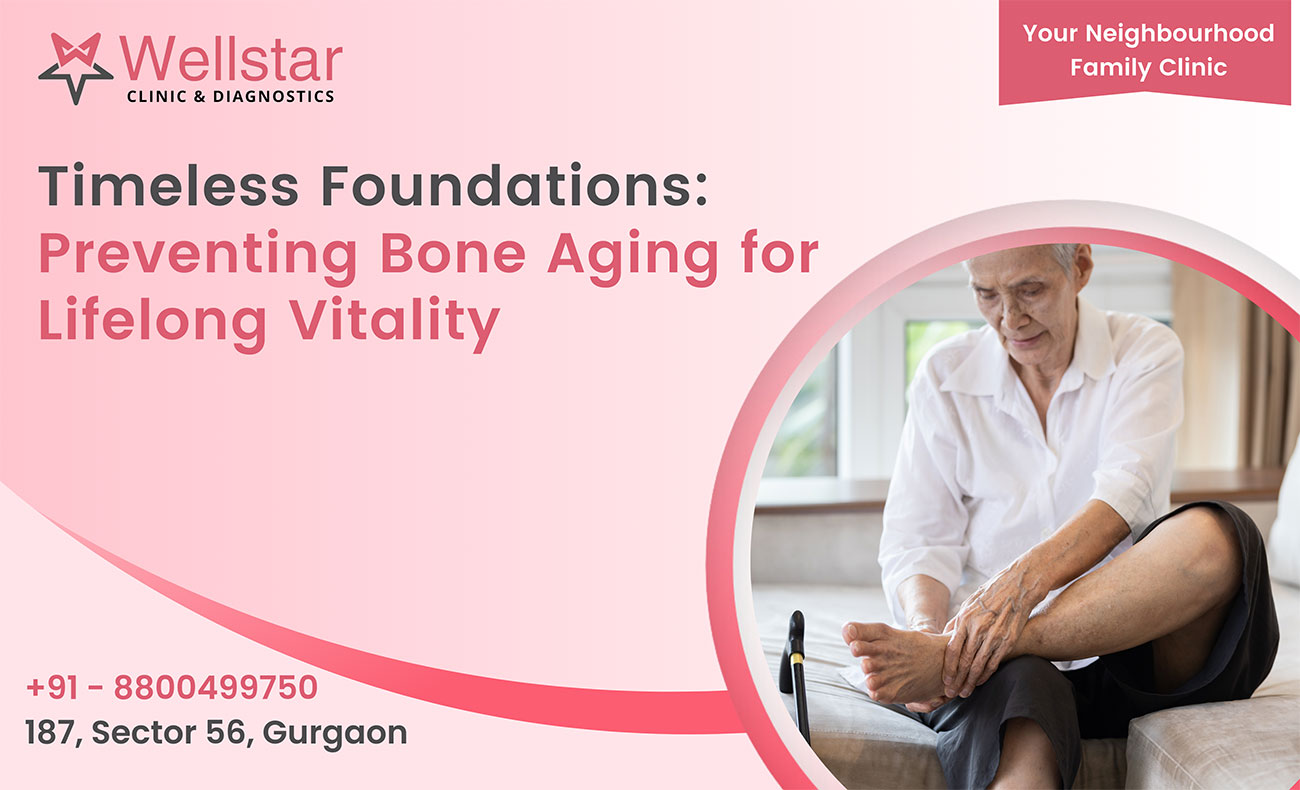
Timeless Foundations: Preventing Bone Aging for Lifelong Vitality
Introduction:
As we journey through life, our bones age along with us, becoming more susceptible to wear, tear, and thinning—a condition known as osteopenia, which can lead to osteoporosis. However, aging doesn’t have to spell decline for our skeletal strength. With proactive measures, we can maintain robust bones well into our golden years. Let’s explore the secrets to preventing bone aging and ensuring our foundations remain as sturdy as ever.
Understand the Enemy:
Aging bones lose density and mass due to a decrease in the production of bone-forming cells and an increase in bone-resorbing cells. Factors like hormonal changes, especially in post-menopausal women, dietary deficiencies, and a sedentary lifestyle, accelerate this process. Knowledge is power; understanding these mechanisms is the first step towards combating bone aging.
Fortify with Nutrition:
- Calcium: The cornerstone of bone health, calcium, is vital in maintaining bone density. Incorporate calcium-rich foods like dairy products, almonds, broccoli, and fortified plant milks into your diet.
- Vitamin D: Without sufficient vitamin D, our bodies can’t effectively absorb calcium. Sunlight is the best natural source, but vitamin D can also be found in fatty fish, eggs, and fortified foods.
- Magnesium and Vitamin K: These nutrients play crucial roles in bone health. Leafy greens, nuts, seeds, and whole grains are excellent sources.
Embrace an Active Lifestyle:
- Weight-Bearing Exercises: Activities that force you to work against gravity, such as walking, jogging, and climbing stairs, help build and maintain bone density.
- Strength Training: Muscle-strengthening exercises are equally crucial for bone health. They stimulate bone growth and reduce the risk of osteoporosis.
Lifestyle Modifications for Stronger Bones:
- Quit Smoking: Smoking interferes with the body’s ability to absorb calcium, decreasing bone mass.
- Limit Alcohol: Excessive alcohol consumption can lead to bone loss. Moderation is key.
- Stay Balanced: Prevent falls and fractures by practicing balance and flexibility exercises like yoga or Tai Chi.
Early Detection and Management:
Regular check-ups and bone density tests can catch signs of bone density loss early, allowing for timely intervention. If you’re at risk for osteoporosis, your healthcare provider might recommend medications that can slow bone loss and increase bone density.
Harness the Power of Supplements (Wisely):
Supplements can help fill nutritional gaps, but they’re most effective when used under medical guidance. Over-supplementation, particularly with calcium and vitamin D, can have adverse effects. Consult a healthcare professional to tailor a supplement regimen that’s right for you.
Conclusion:
Our bones are the framework that supports our bodies, allowing us to move, dance, and embrace life. While we can’t stop the clock, we can certainly slow the rate at which our bones age by adopting a bone-friendly lifestyle. Embrace these practices not just for your skeletal system, but as part of a holistic approach to aging gracefully and healthily. Here’s to strong bones, at every age!
